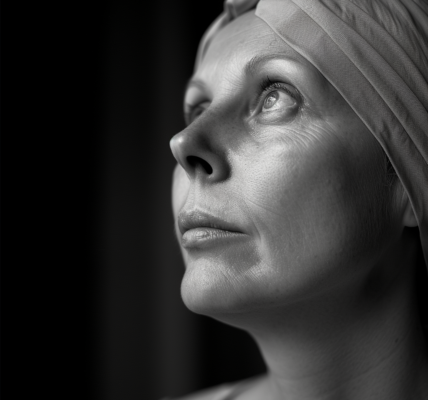Recent research from The George Washington University’s School of Medicine and Health Sciences has shed light on the disparities in online resources available for people of color seeking information about skin cancer. The project, titled “The Full Spectrum of Dermatology: A Diverse and Inclusive Atlas,” aims to provide a more comprehensive representation of how various medical conditions, including skin cancer, appear on different skin tones.
Dr. Adam Friedman, a professor and chair of dermatology at GWU, highlighted a significant gap in patient-facing skin cancer education websites when it comes to showcasing examples of skin cancer in darker skin tones. The study revealed that only 13% of examples on reputable websites, including those run by the federal government, depict individuals with darker complexions.
According to Friedman, this lack of representation can lead to individuals with darker skin tones overlooking potential signs of skin cancer, as the traditional examples may not resonate with their own skin tone. Melanomas and other types of skin cancer are more commonly found in unique locations on individuals with darker skin, such as under the nails or on the hands and soles of the feet. Additionally, there may be genetic factors that contribute to the development of skin cancer in individuals with darker complexions.
Studies have shown that people of color often detect skin cancer at later stages compared to others, which can have serious implications for treatment and prognosis. One contributing factor to this delay is the misconception that individuals with darker skin are not at risk of developing skin cancer. The lack of diverse examples in online resources further exacerbates this issue, making it challenging for individuals to identify potential skin concerns accurately.
Friedman emphasized the importance of ensuring that online resources provide a more inclusive representation of various skin tones to guide individuals towards appropriate care. By incorporating images and information that reflect the diversity of skin tones, individuals can better understand how certain conditions may manifest on their skin and seek timely medical attention when needed.
If you have any concerns about changes in your skin, it is essential to consult a dermatologist for a professional evaluation and appropriate care.





